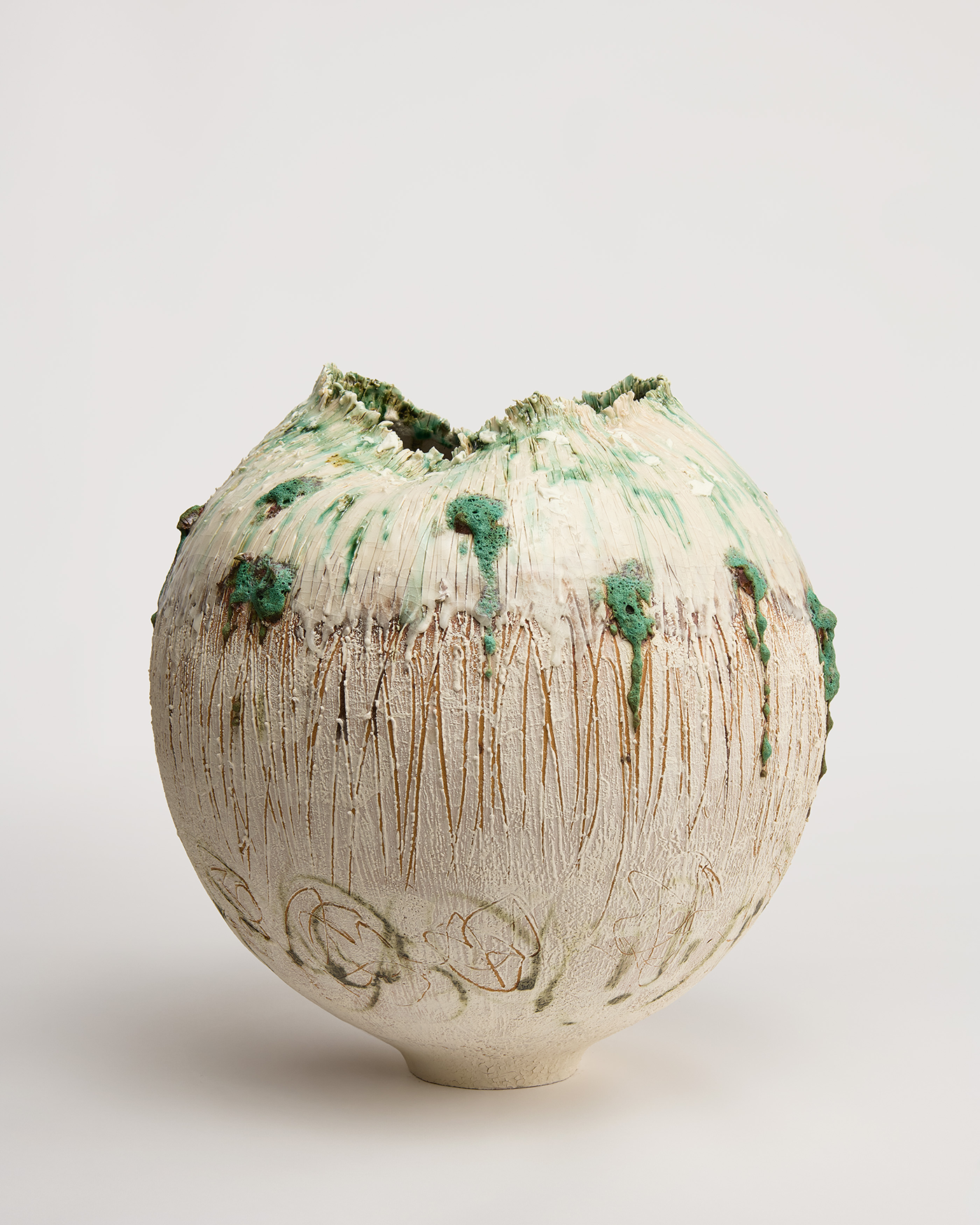
Jane Yang-D'Haene
Short Stories
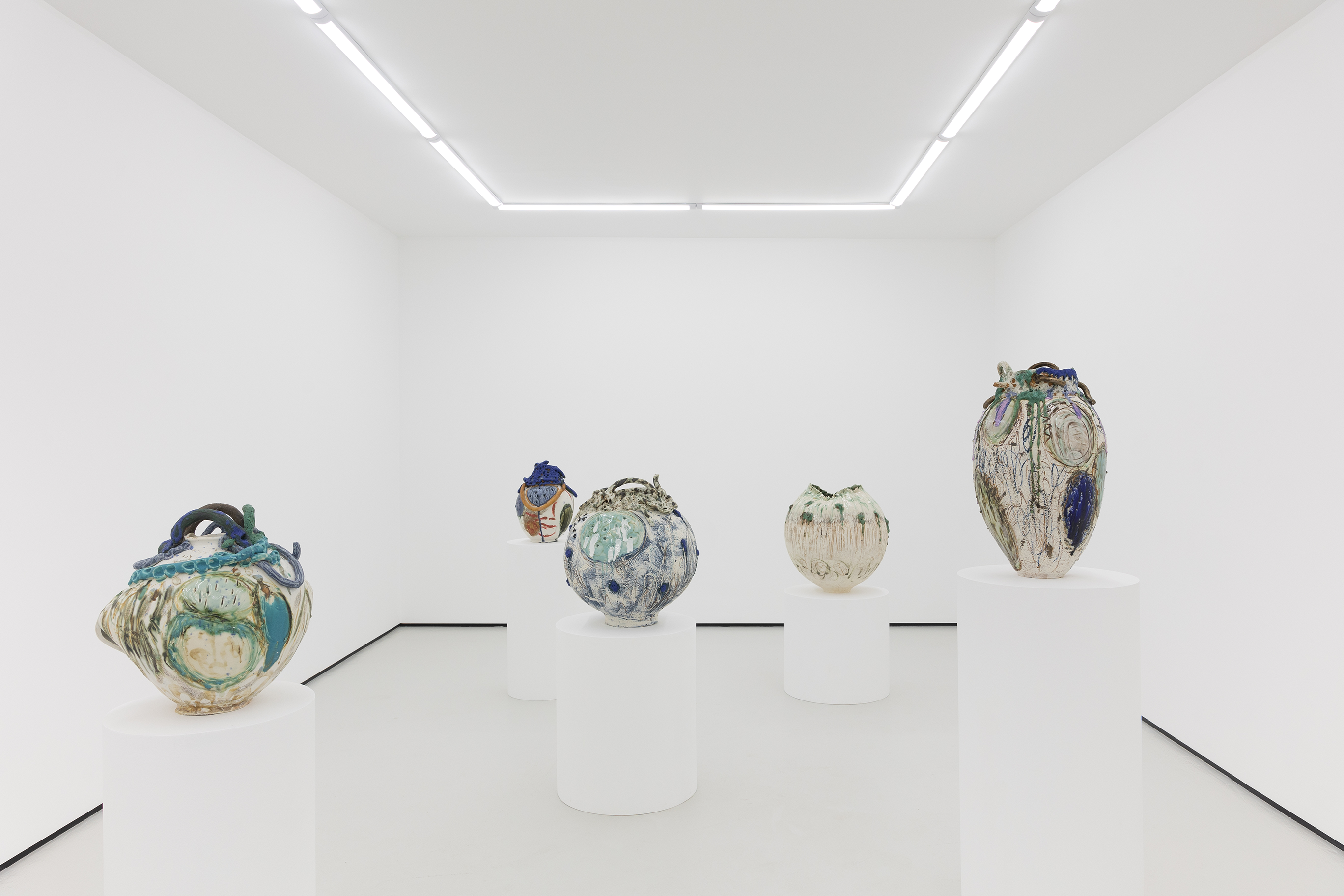
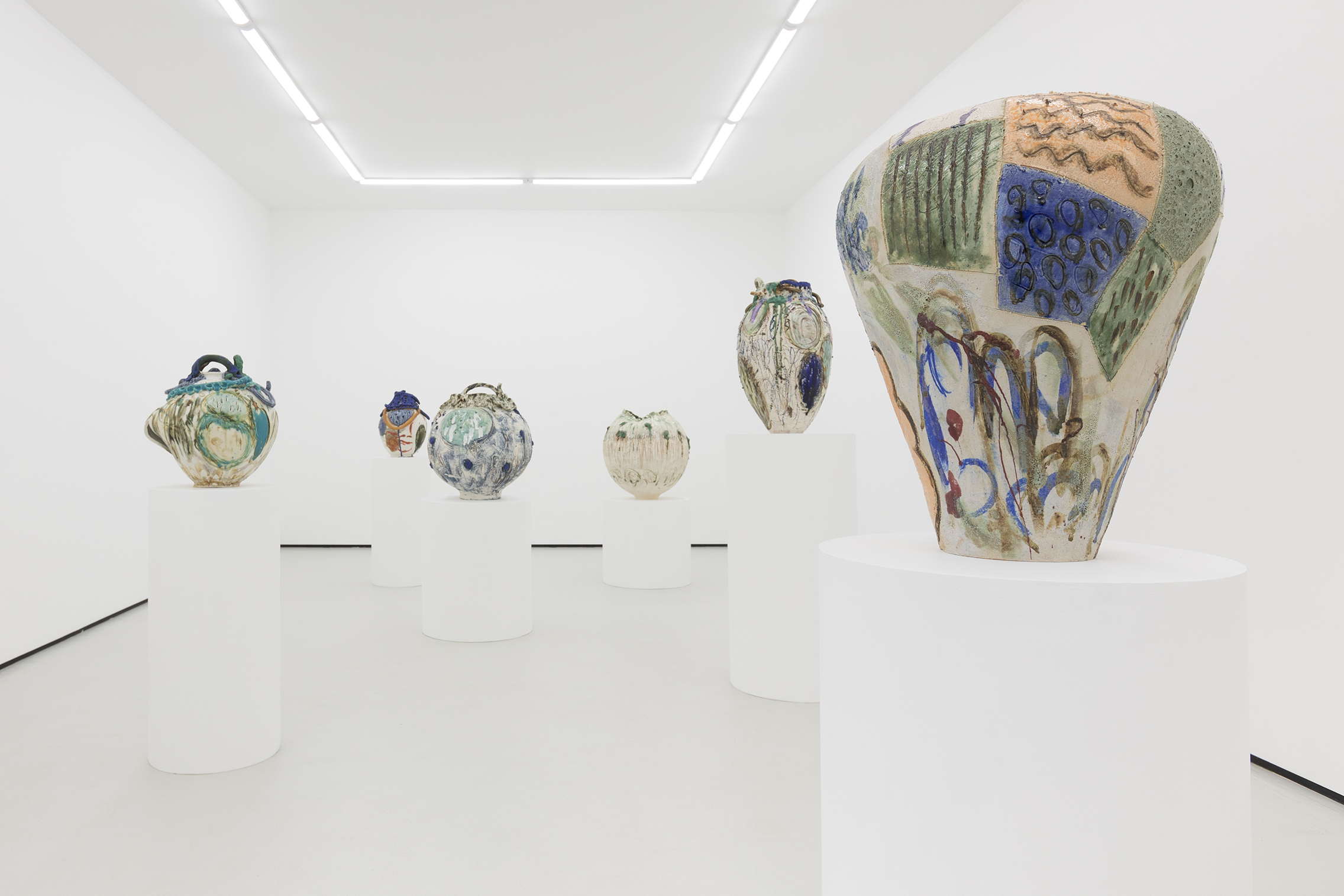
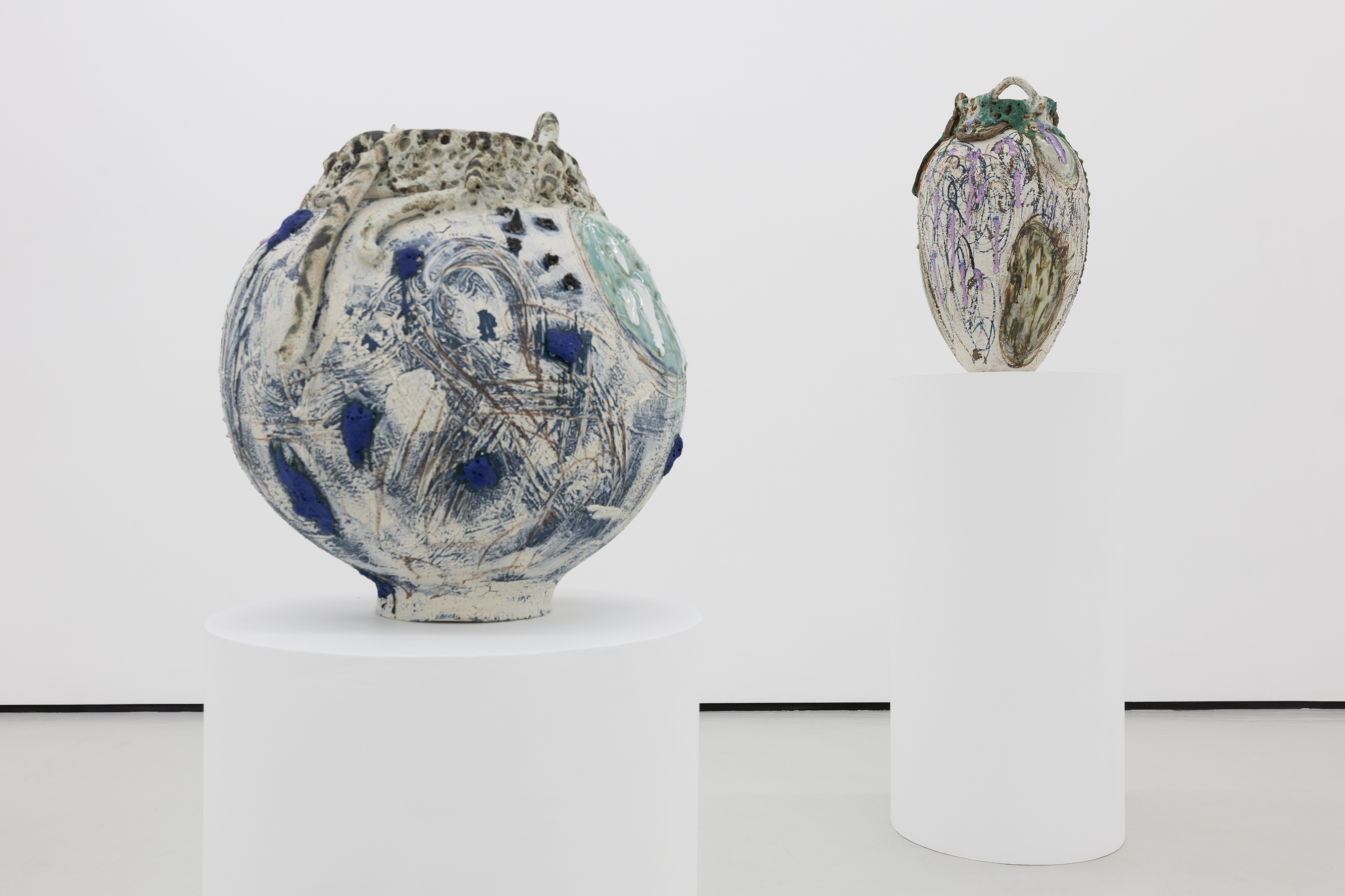
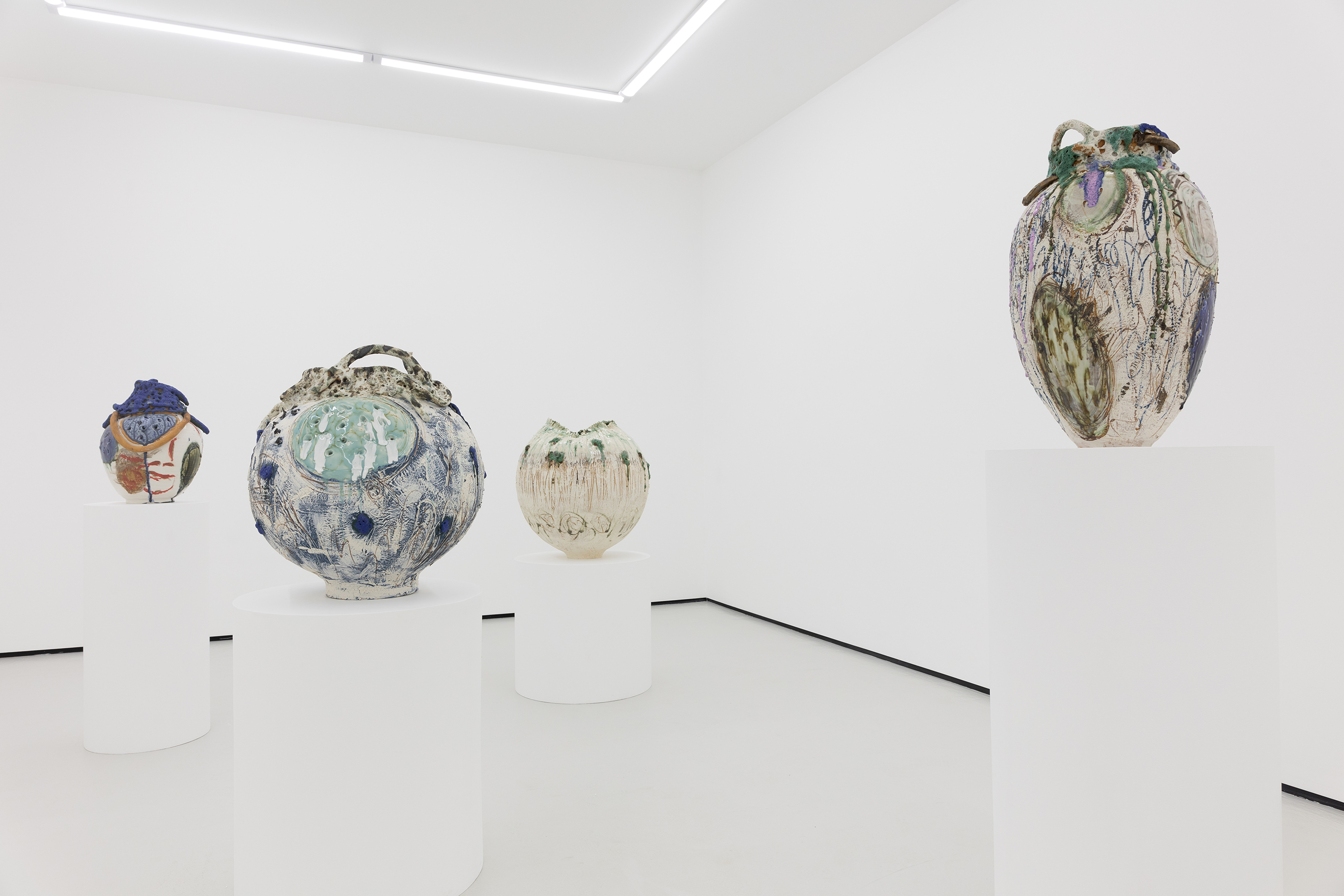
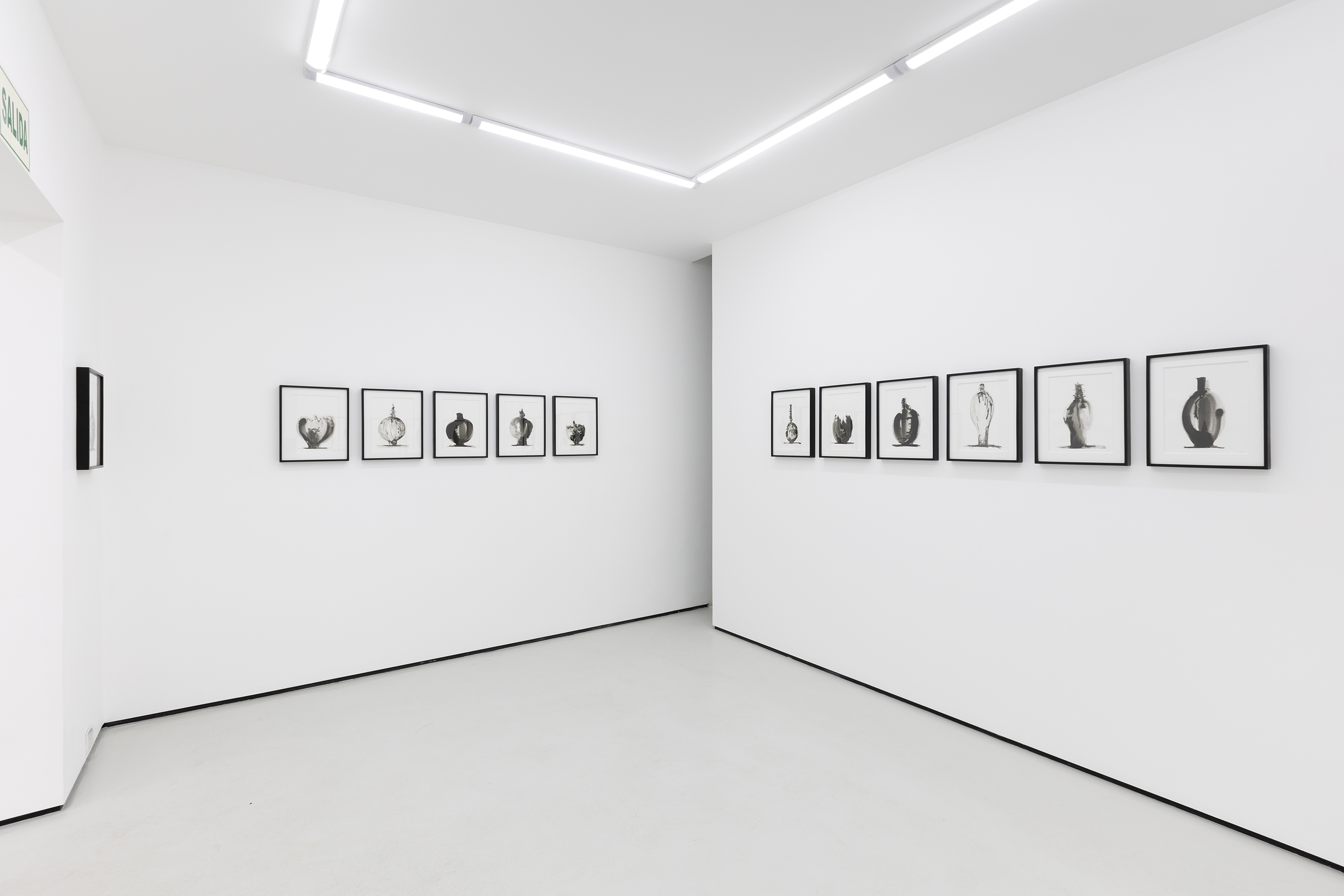
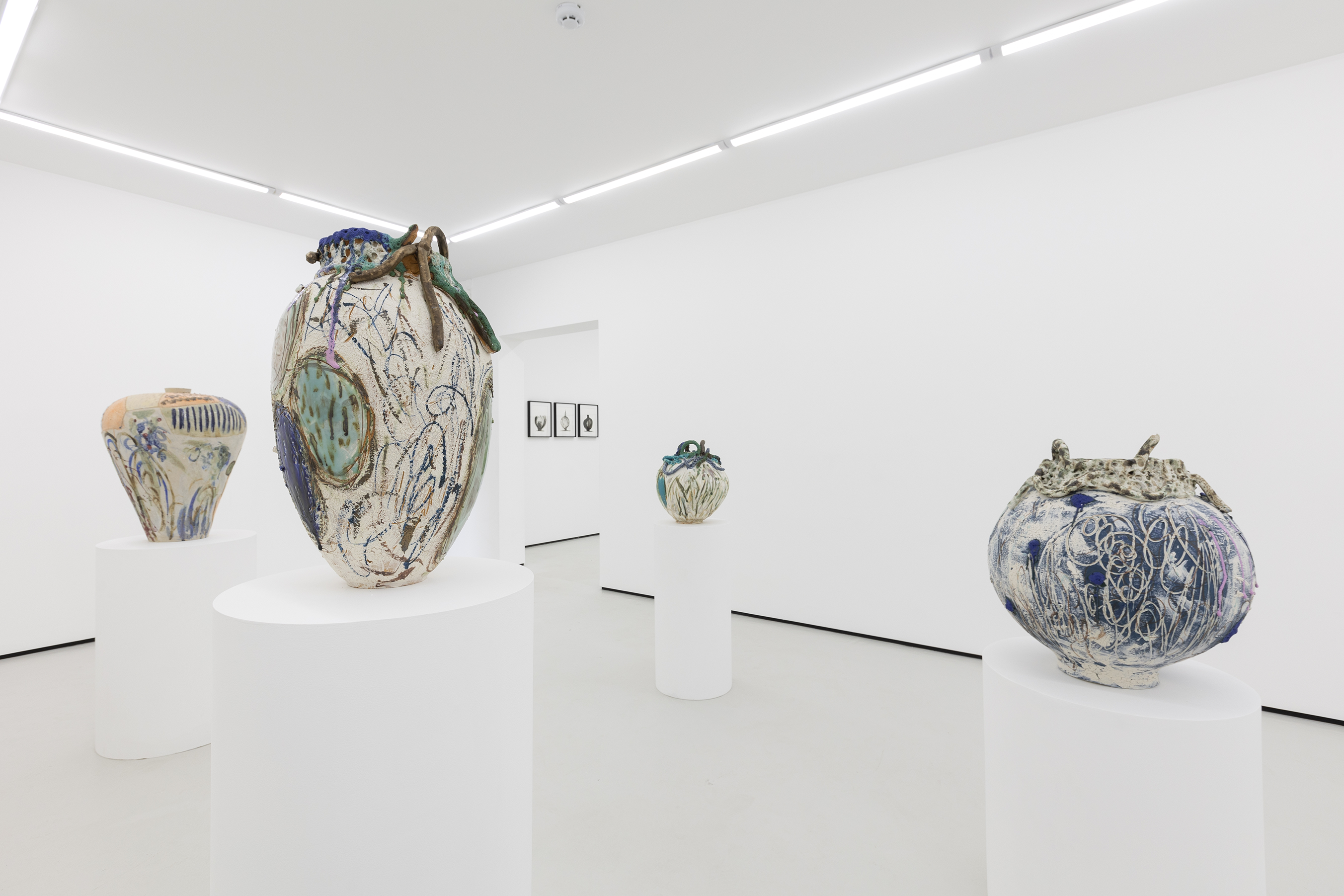
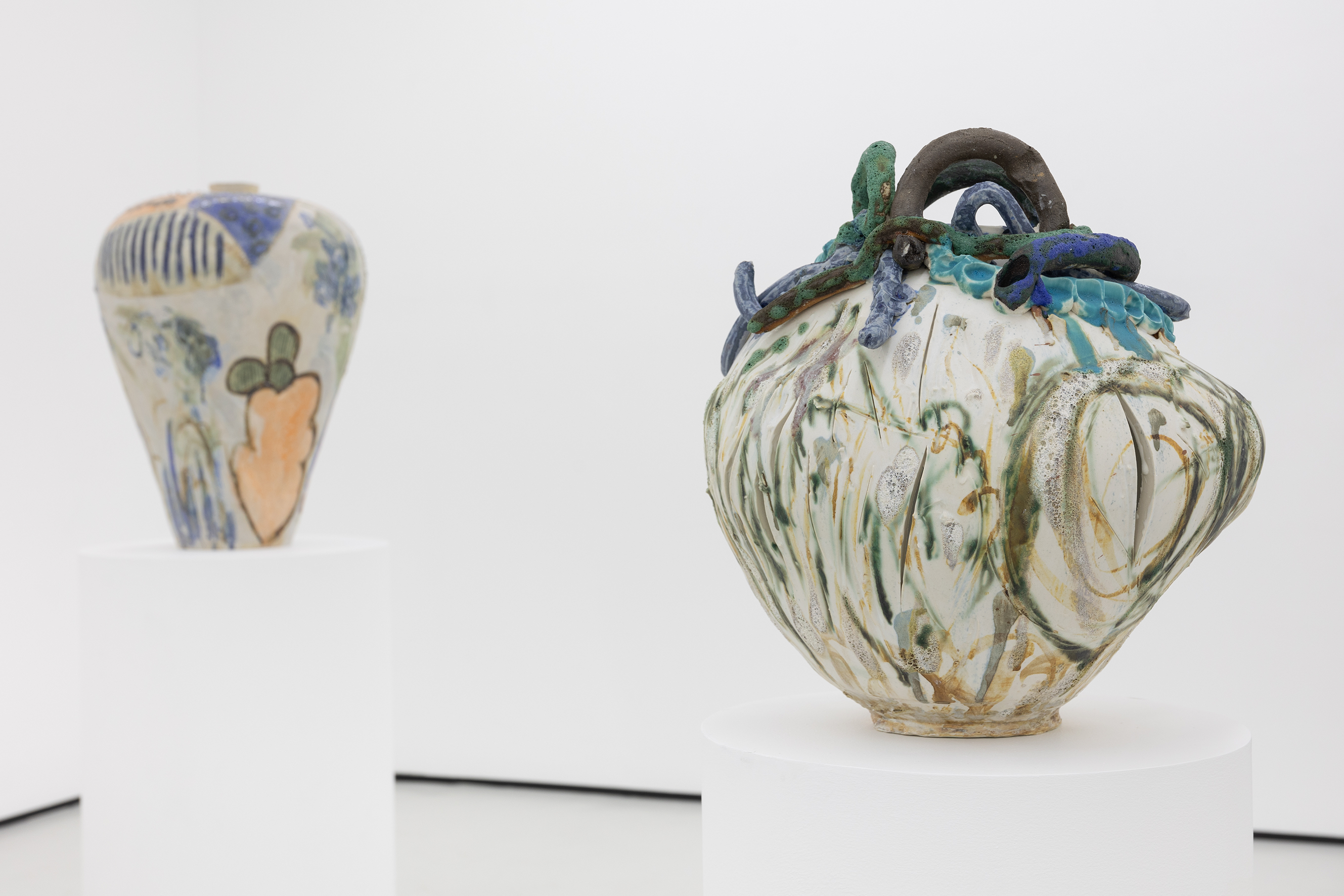
In Short Stories, Jane Yang D’Haene transforms her ceramic vessels into narrative territories where matter itself becomes storytelling. Each vessel stands as a receptacle of memory and silence, of empathy and resonance. The artist employs both coil-building and wheel-throwing techniques, incorporating intuitive gestures, successive layers of glaze, and multiple firings. While her work converses with the Korean ceramic tradition, D’Haene resists strict classification: her pieces fluctuate between the architectural and the organic, the ancestral and the contemporary. In particular, she revisits the heritage of the moon jars—rounded vessels that celebrate imperfection, lunar texture, and asymmetry. From that reference point, her works do not offer literal narratives but sensorial evocations: intimate fragments, suspended memories, stories that need not be spoken. Their surfaces acquire a dense, painterly quality, open to interpretations that transcend the merely material. The exhibition invites a slow, attentive contemplation, where each vessel demands closeness—as if a murmur resided within. By placing the viewer in this threshold of listening and perception, D’Haene not only invites observation but also participation, encouraging each encounter to extend and complete the narrative, weaving personal stories through every dialogue with the piece. Andrea García Ayulo
Receive more information on available works from this exhibition.

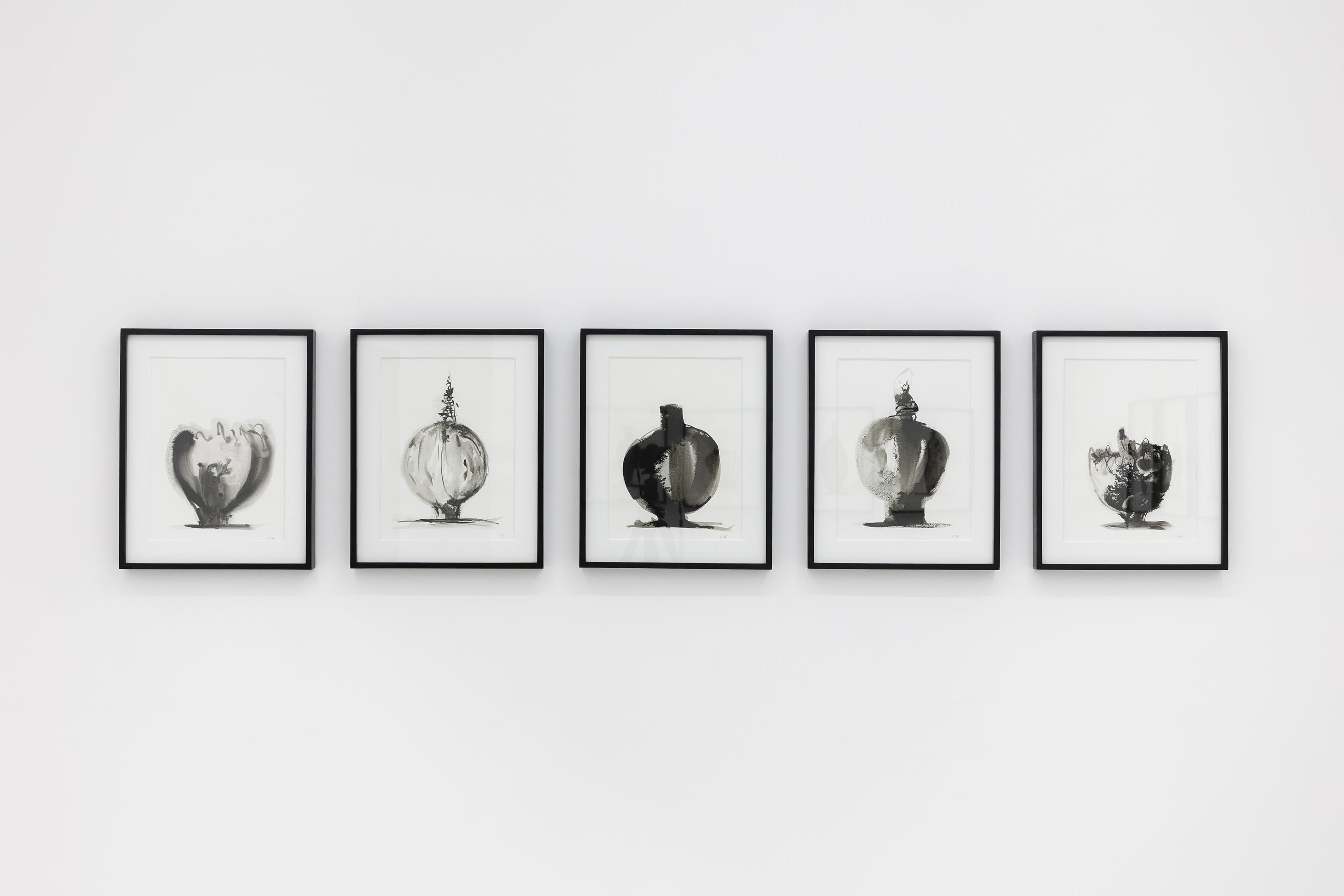
Untitled
2025 Ink on paper 40 x 32 cm c/u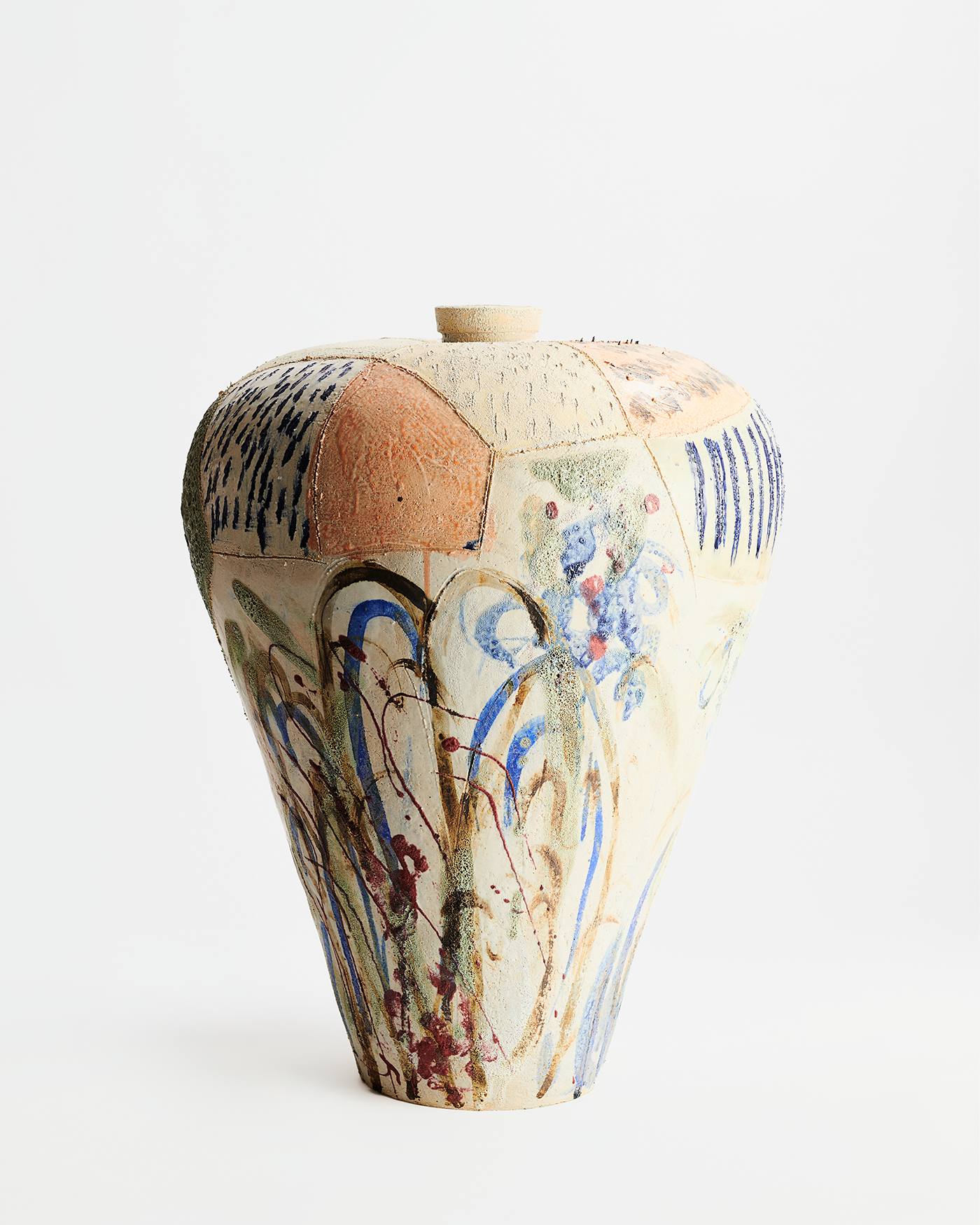
Untitled
2025 Stoneware, slip, and glaze 62.23 × 43 × 43 cm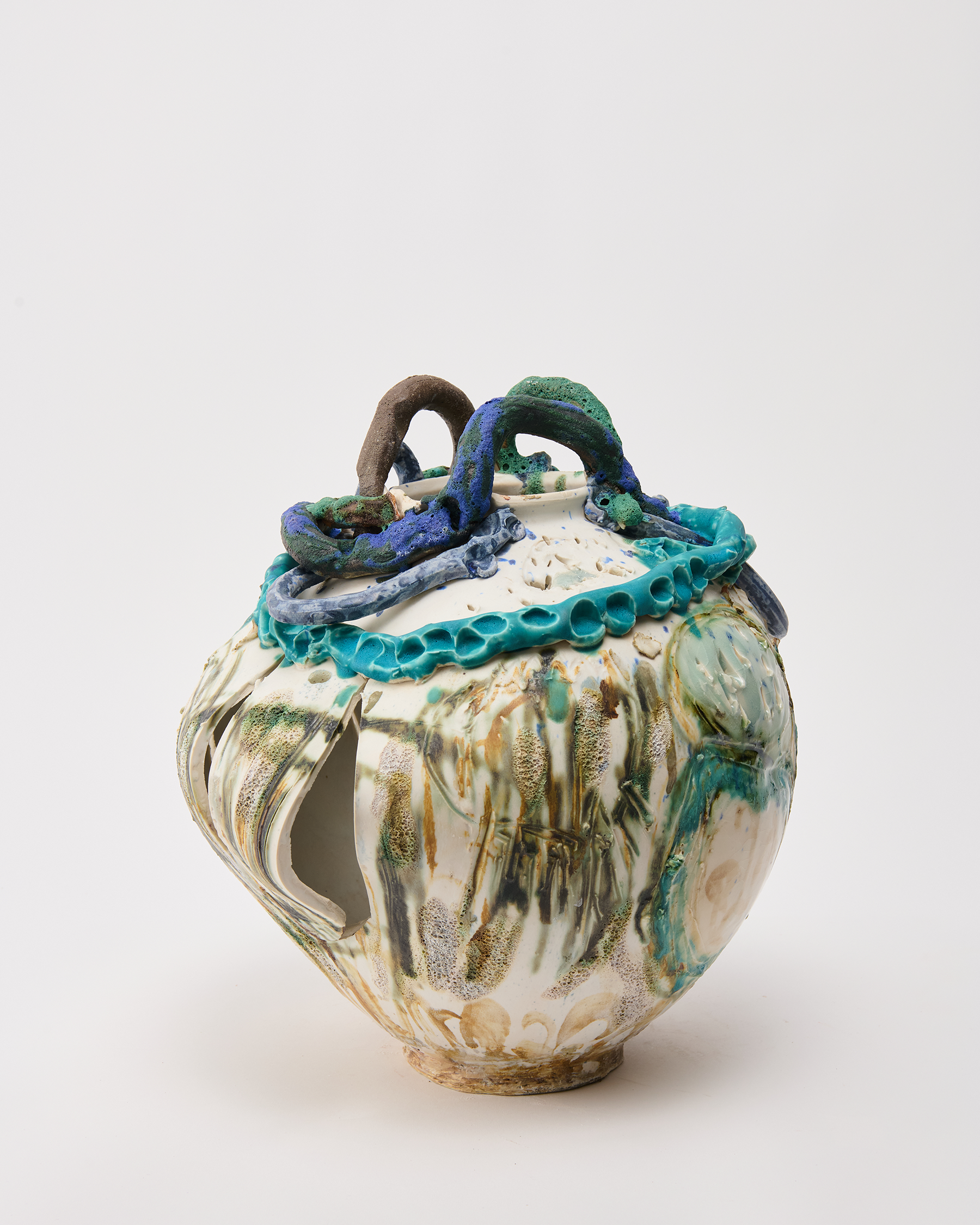
Untitled
2025 Stoneware, glaze, and porcelain 40 × 35.5 × 34.2 cm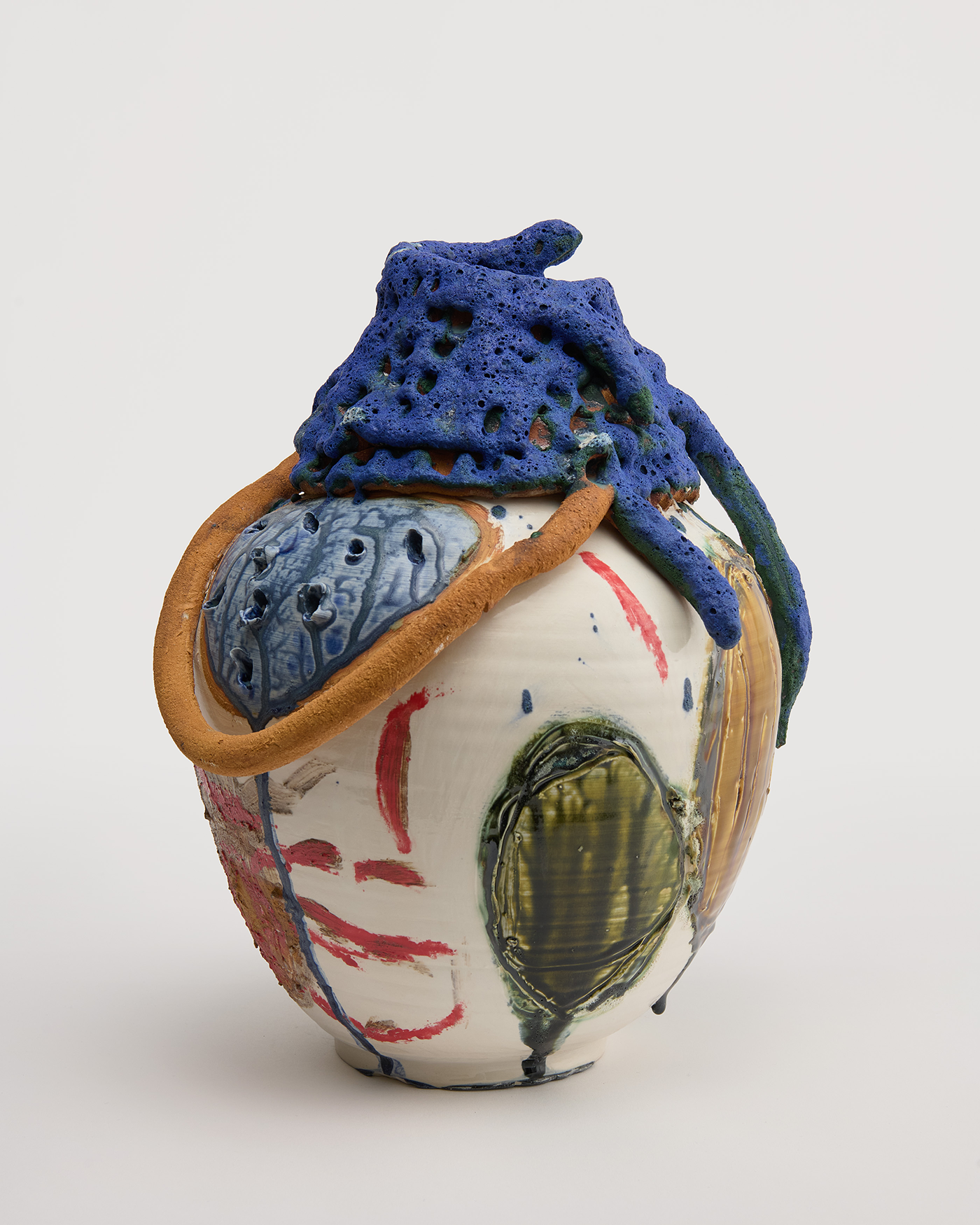
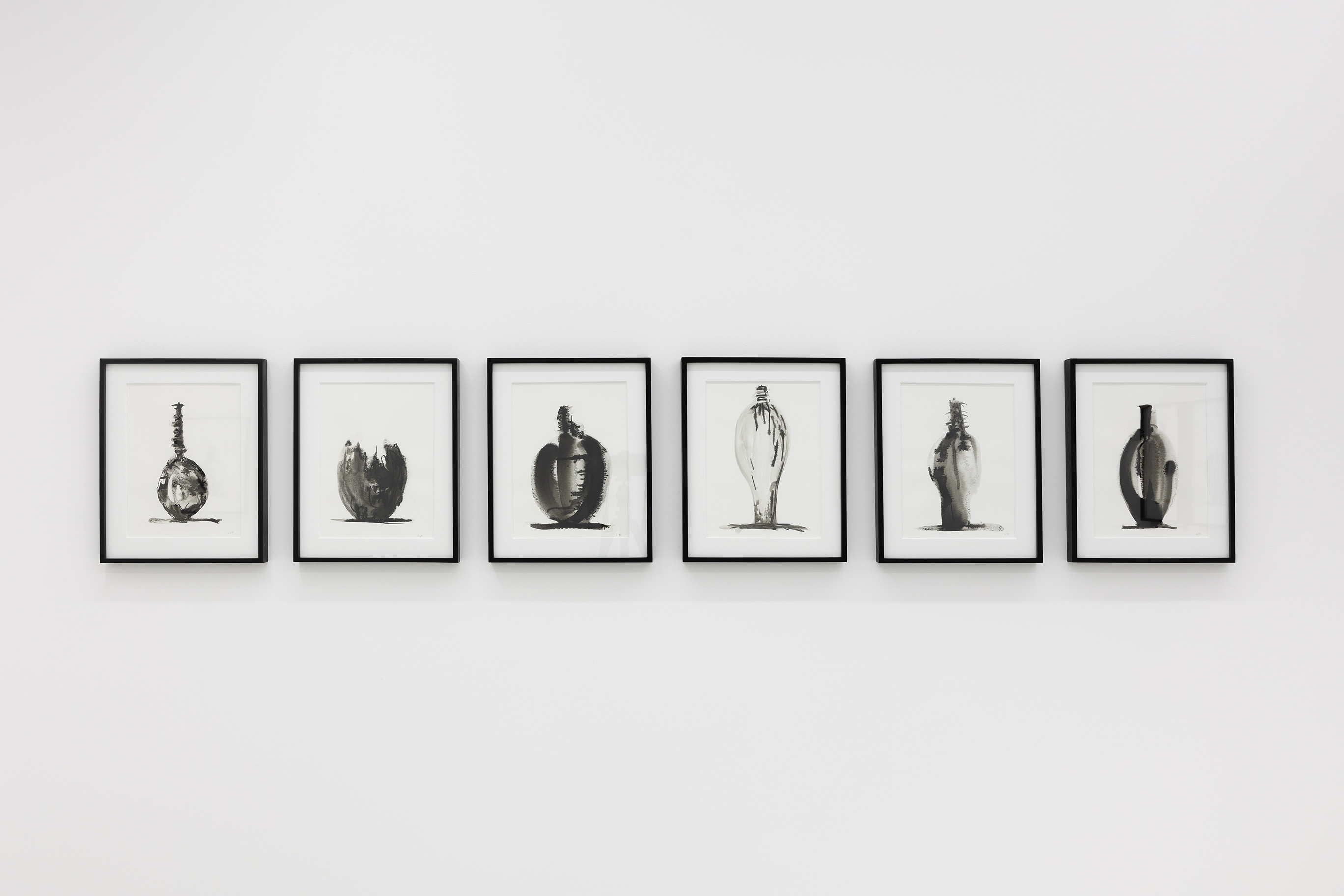
Untitled
2025 Ink on paper 40 x 32 cm c/uJane Yang-D'Haene
Jane Yang-D’Haene’s stoneware work is deeply influenced by her Korean heritage, particularly traditional ceramic forms such as the *dal hang-ari* (Moon Jar), an iconic symbol of Korean culture. While rooted in these historical shapes, her vessels diverge significantly, exploring surface textures, movement, and tonal transitions. This experimentation imbues her creations with a unique sculptural quality, allowing her to craft planetary forms that evoke the earth and reflect the origins of the clay she employs. By transforming emotional experiences and memories into physical forms, D’Haene creates new visions of place and being through abstraction and experimentation. Each piece in her series represents an essential part of her narrative, symbolizing the relationship between the human mind and body—how our physical identity both conceals and reflects our inner worlds of thought, feeling, and memory. Drawing from her roots as a South Korean artist, D’Haene positions herself as a neo-practitioner, incorporating her own language and life experiences into three-dimensional explorations of pain, joy, and wonder. Working within a historical narrative, she challenges the formal limits of her medium, elevating her work and presenting a conceptual challenge to the viewer. By confronting traditional forms, she highlights her innovations, embracing imperfection as a source of beauty. The anomalies that emerge during the firing process—an unpredictable and volatile stage—are celebrated, capturing their aesthetic value. Her vessels balance opposing forces, appearing both earthly and otherworldly, abstract yet functional. Though derived from tradition, her work is unmistakably unconventional. What makes these pieces so compelling is their familiarity—the recognition of a form so deeply ingrained in our perception of ceramics that, at first glance, we may not notice the profoundly personal marks upon them. The thickness, looseness, and roughness of her work convey a raw authenticity. This is not "easy" decorative art; it is provocative, energetic, and genuine. And yet, we cannot look away. The artist pours all her emotional resources into her pursuit of perfection—not of symmetry and modulation, but of feeling, expression, and the way a piece reveals its truth. Like all artists, D’Haene engages with the long history of her medium. She embraces this historical framework while simultaneously challenging it, using tradition as a vehicle for innovation. She does not merely position herself as a designer within the boundaries of ceramics but as an artist actively playing with its conceptual and technical possibilities. Her work invites the viewer to think beyond aesthetic form and emotional function, pushing the boundaries of a fundamental ceramic tradition. Through her art, Jane Yang-D’Haene masterfully bridges past and present, tradition and innovation, creating works that are both deeply personal and universally resonant. She continues to transform the landscape of contemporary ceramics—one vessel at a time.